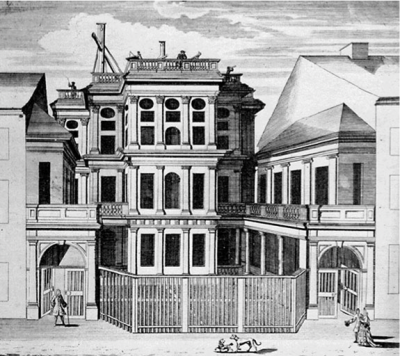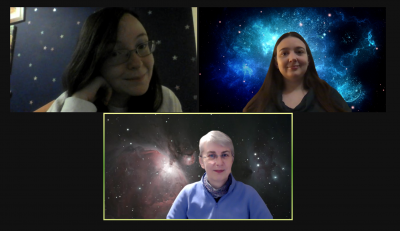Archives
In remembrance of Maria Winckelmann
2020 Dec 29 is the 300th anniversary of the death of Maria Margaretha Kirch née Winckelmann,1 noted in history as
Read moreAstronomy for all – all for astronomy
Claudia (top right) has a PhD in astronomy and is an expert in public engagement with the subject. Osnat (top
Read more

